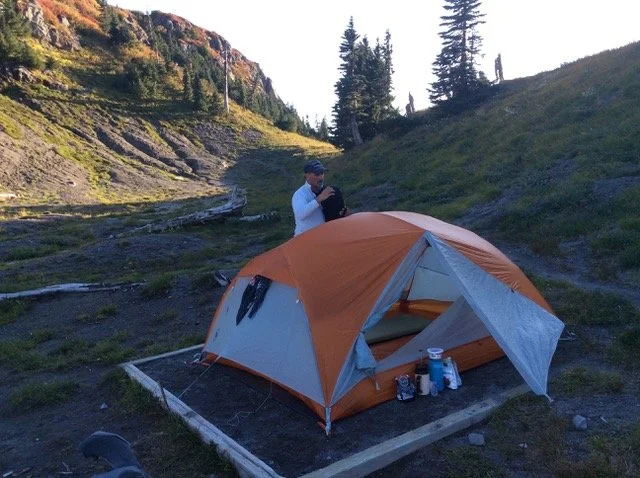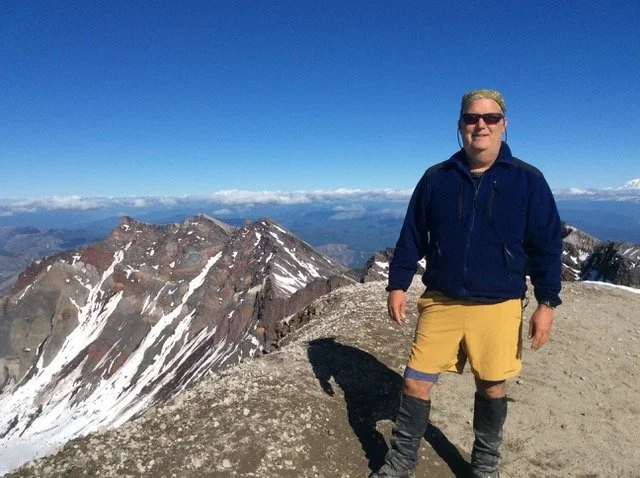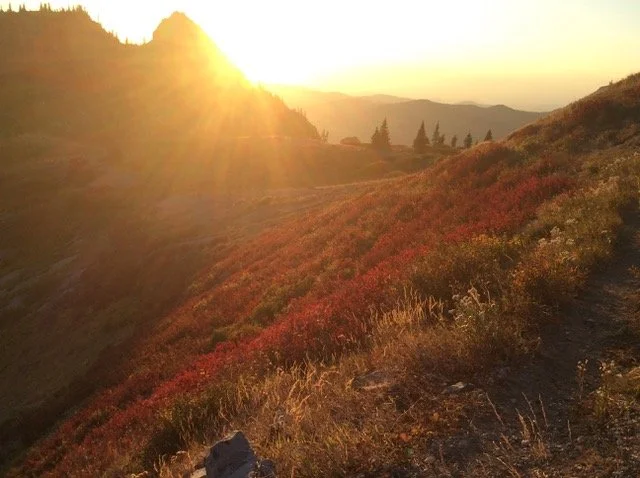11 Tips for First Time Backpackers
Guest blog by Jeffrey H Ryan
Most of us can remember when we made the leap from day hiking trips into the realm of overnight backcountry excursions. Perhaps (even likely) those memories include a few “I can’t believe I did that” moments. For me, it was a tendency to carry more gear and gadgets than I would need or use — an easy mistake to make, especially because most of my overnight experience was forged in vehicle accessible campgrounds.
Once I discovered the freedom and joy of being in the outdoors, there was no turning back. I’ve been incredibly fortunate to have spent 6 1/2 months hiking the Pacific Crest Trail, 28 years hiking the Appalachian Trail and too many other exploits to list here. I’ve also spent years writing about gear, testing gear and helping people choose gear. If you are thinking about taking your first multi-day trip, I have a few suggestions that can make your adventure far more enjoyable.
1. Set up your shelter. Whether you plan on camping in a tent or hammock, it’s a good idea to test drive your set up before you head into the wild. Pitching a tent for the first time in a wind or rainstorm is an absolute drag and can be avoided by setting it up and taking it down a few times in advance.
2. Cook a meal on your backpacking stove. Portable stoves are easier to use than ever. That said, they can be fidgety. The best way to learn the idiosyncrasies of your stove is by taking it outside and making one of your proposed camp meals on it. This has the added benefit of affirming or rejecting your meal choice. Pay special attention to how much time/fuel it takes to make your meal. As a rule, meals that require a long time to cook should be avoided. The longer you intend to be out, the more important fuel conservation becomes. On multi-day trips, I pack lunches that require no fuel to prepare at all.
3. Take your boots for a spin. In the past several years, hiking boots/shoes have gotten better in terms of break-in time. That said, whenever I buy new hiking footwear, I spend several days breaking it in — walking the dog, running errands, and whenever I can. This helps the boots/shoes adapt to your feet and helps prevent blisters on the trail.
4. Pack a First Aid kit. Twisted ankles, cuts, and blisters are the most common backcountry afflictions. Carrying a rudimentary first aid kit can help you (or others in your party), take things in stride. I pack an ace bandage, a tick removal tool, and an old (cleaned out) pill vial with various sizes of sheer strip bandages, moleskin (for treating blisters), a small nail clipper, and a few days worth of ibuprofen pills. (And don’t forget sunscreen and bug spray or lotion.)
5. Learn about your route. Learning as much as you can about your proposed hike beforehand can pay huge dividends. Things I look into ahead of time are trail difficulty, possible camping spots, water availability, trail exposure (i.e. will there be long stretches above tree line where finding shelter may be difficult?), and potential bail-out options if you need to cut the trip short. You may also learn how the trail you intend to hike will be marked. The most common form of trail marking is 2” x 6” painted rectangles (known as “blazes”) on trees or rocks. One blaze signifies that you are “on trail.” Two blazes commonly indicate a turn in the trail or an intersection with another trail.
If the trailhead you are departing from has a kiosk with a trail map, consider taking a picture of the map with your smartphone before you start your hike. It may become invaluable down the line, especially if you need to change your plan and need to find an alternate route out.
Navigating on the trail has been simplified with GPS apps. All Trails, GAIA GPS and Far Out all make popular apps that pinpoint where you are and track your progress. And all are useless if you drop your phone in a stream or run out of battery power. Therefore, I suggest bringing a map and compass with you, just in case.
6. Plan your water strategy. Staying hydrated is critical. You’ll likely need to fill water bottles a few times a day to have enough to drink during the day, for cooking at night and for breakfast. Giardia, a parasitic illness encountered through drinking untreated water, is a significant backcountry danger. Using a water filter is your best defense against Giardia and other waterborne diseases. There are several styles of filters. Gravity fed systems are currently popular, but take time to work. I prefer the pump and cartridge style. To each their own.
7. Pack a headlamp. A headlamp with fresh batteries can really come in handy. I pack mine in the top pocket of my pack along with toilet paper (in its own zip seal bag) and my map and compass, so they are all easily accessible.
8. Keep your sleeping bag dry. Few things are worse than a wet sleeping bag. Carrying a trash bag in the bottom of your pack is lightweight insurance. When I’m loading my pack for the day and rain is in the forecast, I put my sleeping bag inside the trash bag and I’m all set.
9. Keep it sane. Day hiking and backpacking are different animals. Because you can easily rip off 12 or 15 miles with a day pack on doesn’t mean you can do the same with a 35 lb. backpack on. I’ve been down that trail (of overestimating my mileage ability) and regretted it. Arriving at your campsite exhausted and still needing to set up camp and cook is neither fun nor rewarding. Far better to aim for shorter mileage, and have the kind of great experience that gets you fired up for the next adventure.
10. Have an emergency plan. Before you set out, share your itinerary with a friend or family member. When you get off the trail, text or call them to know you are back. If something does happen to you or a member of your party in the backcountry, keep in mind that cell coverage may be weak or non-existent. Satellite communication devices (e.g., Garmin In-Reach) may be worth considering if you intend to make backcountry trips a regular thing. Their subscription-based service enables you to contact loved ones from anywhere in the world. The device also has an “SOS” button that alerts rescue teams in an emergency and provides them with your GPS coordinates.
11. Keep fine tuning. One of the greatest things about backpacking is that it’s a sport that can be easily enjoyed with others, yet is so adaptable to individual choices. You will discover things that work for you as time goes by — what gear you stow in your pack pockets, how you keep your rain gear handy, your favorite sock/boot combination, your “go to” meals, the list is endless.
I hope these tips help you prepare for fun adventures ahead. Happy trails!
— — —
Jeffrey Ryan is a hiker, author and historian who is passionate about exploring the outdoors and sharing his enthusiasm for life on the trail in person, in print, and online. His books include Appalachian Odyssey: A 28-year Hike on America’s Trail, Blazing Ahead: Benton MacKaye, Myron Avery and the Rivalry that Built the Appalachian Trail, and This Land Was Saved for You and Me: How Gifford Pinchot, Frederick Law Olmsted and a Band of Foresters Rescued America’s Public Lands. He is also an accomplished public speaker and podcast guest (including his appearance on episode four of our Common Land Podcast.



